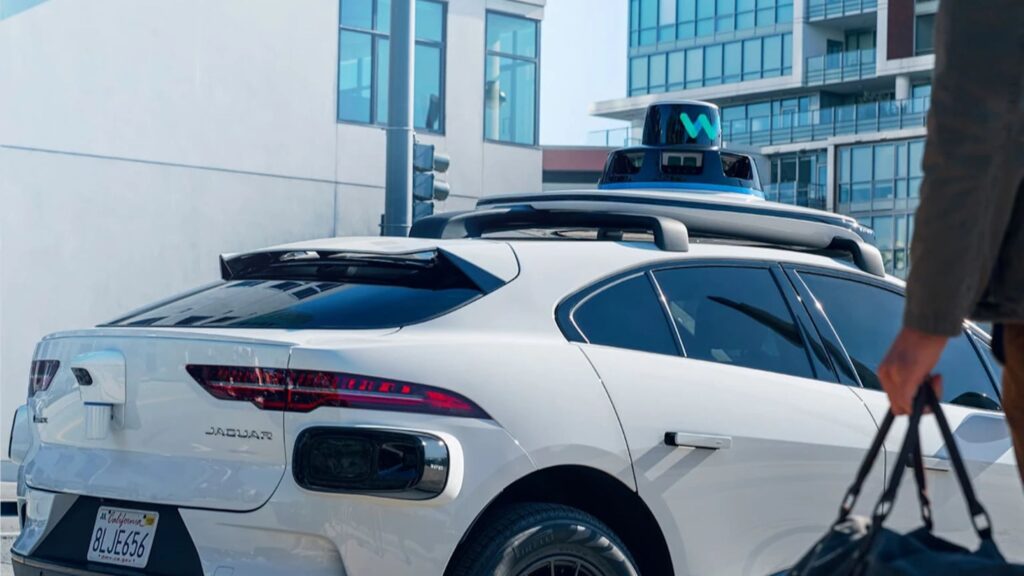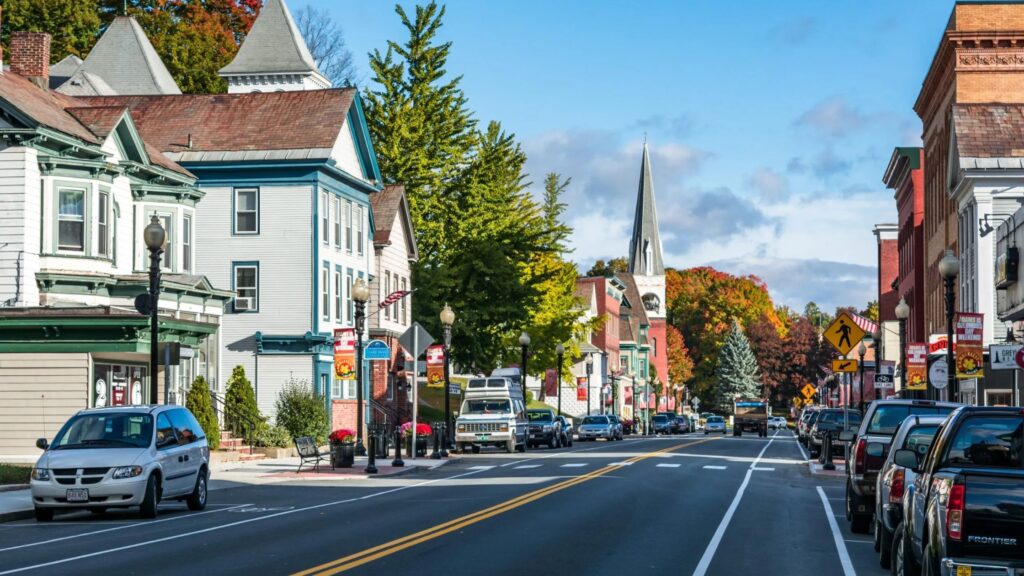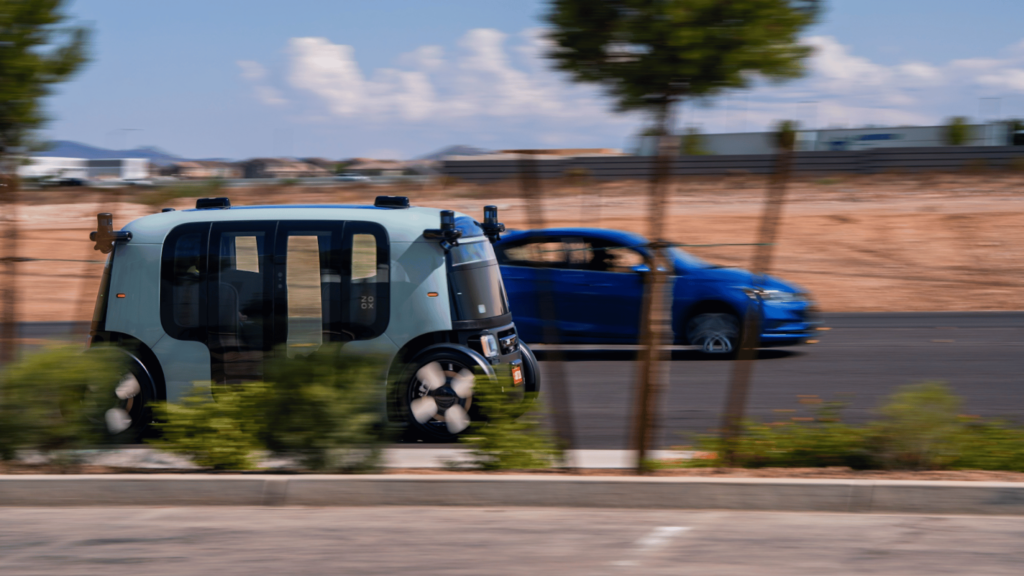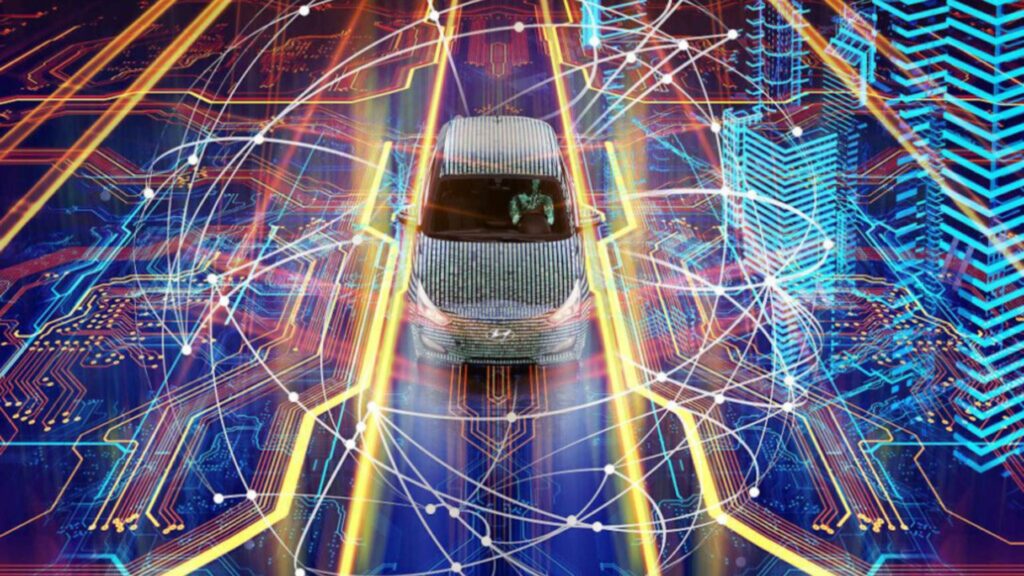Last updated: November 2025
Waymo operates commercial robotaxi services available to the public through its Waymo One app in several major U.S. cities. The Alphabet-owned company currently provides over 250,000 paid rides per week, marking a significant milestone in autonomous vehicle adoption. These Waymo rides are fully integrated into daily life, helping people commute to work, run errands, and connect with loved ones.
What makes Waymo unique is its commitment to true autonomy. Waymo’s vehicles operate without any human driver behind the wheel, representing Level 4 autonomous driving within predefined service areas.
Fully Operational Cities: Where You Can Ride Today
Phoenix, Arizona: The Pioneer Market
Phoenix was Waymo’s first commercial market, where the company launched its fully autonomous ride-hailing service. The Phoenix metropolitan area has become Waymo’s most mature market, offering riders 24/7 access to robotaxis across extensive service zones.
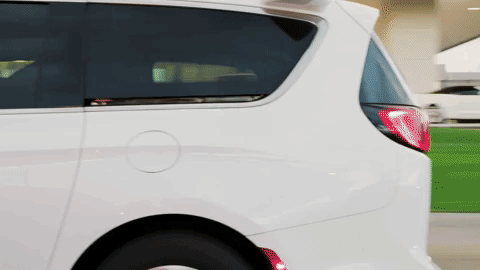
Phoenix now features freeway access for robotaxis, which can reduce ride times by up to 50%. This capability allows passengers to travel easily between suburbs and downtown areas at speeds reaching the posted limit of 65 mph.
One of the most popular destinations in Phoenix’s service area is Sky Harbor International Airport, where Waymo provides curbside pickup and drop-off. This convenience has made Waymo an increasingly preferred option for both residents and travelers.
San Francisco Bay Area: The Tech Hub
The San Francisco Bay Area represents Waymo’s most comprehensive California deployment. Waymo’s Bay Area service area now covers a unified zone of more than 260 square miles, stretching from San Francisco all the way down to San Jose.
The expansion includes notable Peninsula cities such as:
- Brisbane and South San Francisco
- San Bruno, Millbrae, and Burlingame
- Palo Alto, Mountain View, and Los Altos
- Menlo Park and parts of Sunnyvale
The service includes 24/7 curbside access at San José Mineta International Airport (SJC), making it the second international airport in the U.S. to offer commercial robotaxi service. The Bay Area service also benefits from freeway capabilities on highways 101, 280, and other major routes, connecting previously separate neighborhoods into one cohesive network.
Los Angeles: The Entertainment Capital
Los Angeles has opened its arms wide to Waymo technology. The service area in Greater Los Angeles covers approximately 250 square miles combined with other California regions, and continues to grow steadily.
Recent expansions have brought Waymo to iconic neighborhoods including:
- Santa Monica to Downtown LA
- Echo Park and Silver Lake
- East Hollywood and UCLA
- Playa Del Rey and portions of Inglewood
- The entirety of Sunset Boulevard
Like Phoenix and San Francisco, Los Angeles now features freeway access, allowing riders to traverse the sprawling metropolitan area more efficiently than ever before. This is particularly valuable in a city known for its car-dependent culture and traffic congestion.
Austin, Texas: The Uber Partnership
Waymo launched robotaxi service in Austin in March 2025 through an exclusive partnership with Uber. The partnership brought about a significant shift in Waymo’s go-to-market strategy, as Austin became the first city where Uber manages and dispatches the Waymo fleet.
As of July 2025, Waymo vehicles operate across 90 square miles of Austin, from North Austin to South Austin. Popular areas include downtown Austin, Hyde Park, Montopolis, East Austin, Barton Hills, and Riverside. Unlike other cities where riders use the Waymo One app, Austin residents exclusively access Waymo rides through the Uber app.
When requesting an UberX, Uber Green, Uber Comfort, or Uber Comfort Electric ride, users may be matched with a Waymo autonomous vehicle at no additional cost. The fleet in Austin now includes 100 Waymo vehicles and continues to grow.
Atlanta, Georgia: Expanding to the Southeast
Waymo officially launched service in Atlanta in June 2025, exclusively available through the Uber app. This makes Atlanta Waymo’s fifth operational city, representing the company’s expansion into the southeastern United States.
At launch, the service area covered 65 square miles of Atlanta, spanning from Downtown to Buckhead to Capitol View. Like Austin, Atlanta riders can only access Waymo vehicles through the Uber platform.
The Atlanta deployment follows months of employee testing, as it shows Waymo’s confidence in handling the city’s unique traffic patterns and weather conditions, including significant rainfall that differs from its sunnier markets.
You May Also Like:
6 Best Self-Driving Cars in the US (2025)
Top 5 Autonomous Trucking Companies in the US (2025)
Coming Soon: Cities in Active Development
Nashville, Tennessee: 2026 Launch
Waymo announced a partnership with Lyft to bring fully autonomous rides to Nashville in 2026. This partnership differs from the Uber-exclusive arrangement in Austin and Atlanta, as riders will be able to hail Waymo vehicles through both the Waymo app and the Lyft app.
Lyft’s Flexdrive subsidiary will provide end-to-end fleet management services, including vehicle maintenance, infrastructure, and depot operations.
Waymo has been testing its vehicles with safety drivers in Nashville since early 2025, familiarizing the autonomous system with the city’s unique characteristics, including the bustling Lower Broadway entertainment district and ongoing construction zones.
Miami, Florida: Sunshine State Expansion
Waymo announced plans to launch in Miami in 2026 through a partnership with Moove, a global mobility solutions company. Miami presents unique challenges with its frequent rainfall, dense urban environment, and tourist-heavy areas.
Waymo began reacquainting its all-electric Jaguar I-PACEs to Miami’s streets in early 2025, with Moove handling fleet operations, facilities, and charging infrastructure. The partnership mirrors Waymo’s arrangement with Moove in Phoenix, suggesting a scalable model for future expansions.
Washington, D.C.: The Nation’s Capital
Waymo officially announced plans to launch service in Washington, D.C. in 2026 through the Waymo One app. This will be the first location where Waymo operates in an area with substantial winter weather.
The D.C. market presents unique opportunities and challenges. Its presence in the nation’s capital could provide lawmakers with firsthand experience with autonomous vehicles, potentially accelerating federal policy development around AVs.
Washington, D.C.’s significant winter weather will mark an important first for Waymo, as the city can receive anywhere from a few inches to a couple of feet of snow. This weather capability will be crucial for Waymo’s expansion into northern markets.
Dallas, Texas: The Avis Partnership
Waymo announced a partnership with Avis Budget Group in July 2025 to bring robotaxi service to Dallas in 2026. Under this arrangement, Avis will handle end-to-end operations including infrastructure, vehicle readiness, maintenance, and depot management.
Dallas riders will book trips directly through the Waymo app. Deployment is expected to be smooth, as the city already serves as a hub for Waymo’s trucking operations.
Detroit, Las Vegas, and San Diego: 2026 Trio
In November 2025, Waymo announced plans to launch robotaxi service in Detroit, Las Vegas, and San Diego. These three cities will join Waymo’s expanding network in 2026, each presenting distinct characteristics.
Detroit, Michigan represents Waymo’s boldest weather challenge yet. The company has spent multiple seasons testing in metro Detroit and Michigan’s Upper Peninsula to expand its winter weather capabilities. Detroit also houses a Waymo engineering team, giving the company local expertise.
Las Vegas, Nevada offers a unique testing ground with dense traffic around hotel and casino drop-off zones. Nevada is the sixth-most dangerous state for driving, with Las Vegas accounting for 43% of the state’s car crashes. Waymo will face competition from Amazon’s Zoox, which already operates a robotaxi service in Las Vegas.
San Diego, California represents a more familiar environment similar to Waymo’s existing markets. The company began rolling out a mix of Jaguar I-Pace and Zeekr RT vehicles to San Diego, with public rides expected to begin in 2026.
Denver, Colorado: High-Altitude Challenge
Waymo announced testing in Denver on September 2, 2025, marking the company’s expansion to its coldest city to date. Denver receives an average of 56 inches of seasonal snowfall, presenting significant challenges for autonomous vehicle sensors.
Testing and Development Cities
Beyond its operational and announced markets, Waymo conducts testing in numerous additional cities. These “road trips” help the company understand how its technology performs in new environments without necessarily indicating imminent commercial launch.
2025 Testing Locations
Waymo announced plans to test vehicles in 10 new cities in 2025, starting with Las Vegas and San Diego. Other testing locations include:
- Seattle, Washington: Testing began in September 2025
- Houston, Texas: Announced in May 2025 for road trip testing
- San Antonio, Texas: Testing announced alongside Houston
- Orlando, Florida: Part of the 2025 road trip program
- New York City: Testing kicked off in July 2025, with vehicles driving around Manhattan and Brooklyn
- Philadelphia, Pennsylvania: Testing began in July 2025
- Buffalo, New York: Listed among testing cities
- New Orleans, Louisiana: Part of the expansion map
- Boston, Massachusetts: Under consideration for testing
These testing initiatives involve fewer than 10 vehicles per city, all manually operated by trained autonomous specialists. The goal is to expose Waymo’s AI to diverse traffic patterns, road designs, and weather conditions without the commitment of a full commercial launch.
Winter Weather Testing
Waymo has placed particular emphasis on winter weather capabilities, conducting tests in:
- Truckee, California (mountain snow conditions)
- Michigan’s Upper Peninsula (heavy snow)
- Upstate New York (winter weather)
These cold-weather tests are crucial for Waymo’s expansion into cities like Detroit, Denver, and potentially Chicago or other northern markets.
International Expansion Beyond the U.S.
While this guide focuses on U.S. service areas, it’s worth noting Waymo’s international ambitions:
Tokyo, Japan: Waymo began testing in Tokyo in December 2024, operating in neighborhoods including Minato, Shinjuku, Shibuya, Chiyoda, Chūō, and Kōtō. The company is partnering with Nihon Kotsu and Japan’s GO taxi app.
London, United Kingdom: Waymo announced plans to bring robotaxi service to London in October 2025, with testing beginning before full rollout in 2026. Moove will handle operations and maintenance in London.
Waymo’s Service Coverage: A Detailed Breakdown
| City | Status | Launch Date | Service Area | Partnership | App Access |
| Phoenix, AZ | Operational | 2020 | Metro Phoenix | Direct/Uber | Waymo One & Uber |
| San Francisco, CA | Operational | 2021 (testing), 2023 (public) | 260 sq mi (incl. San Jose) | Direct | Waymo One |
| Los Angeles, CA | Operational | March 2024 | ~250 sq mi | Direct | Waymo One |
| Austin, TX | Operational | March 2025 | 90 sq mi | Uber (exclusive) | Uber only |
| Atlanta, GA | Operational | June 2025 | 65 sq mi | Uber (exclusive) | Uber only |
| Nashville, TN | Announced | 2026 | TBA | Lyft | Waymo One & Lyft |
| Miami, FL | Announced | 2026 | TBA | Moove | Waymo One |
| Washington, D.C. | Announced | 2026 | TBA | Direct | Waymo One |
| Dallas, TX | Announced | 2026 | TBA | Avis | Waymo One |
| Detroit, MI | Announced | 2026 | TBA | TBA | TBA |
| Las Vegas, NV | Announced | Summer 2026 | TBA | TBA | TBA |
| San Diego, CA | Announced | 2026 | TBA | TBA | TBA |
| Denver, CO | Testing | 2026 (planned) | TBA | TBA | TBA |
| Seattle, WA | Testing | TBD | TBA | TBA | TBA |
Key Features Across Waymo Markets
Freeway Access
Waymo introduced freeway access to public riders in Phoenix, San Francisco, and Los Angeles in November 2025. Freeway trips are offered when a freeway route is meaningfully faster than surface streets. Waymo vehicles generally travel up to the freeway’s maximum posted speed limit of 65 mph, though they may occasionally exceed this by a few miles per hour in extraordinary circumstances for safety purposes.
The company plans to expand freeway capabilities to Austin, Atlanta, and beyond as operations mature in those markets.
Airport Service
Waymo currently offers curbside service at two major airports:
- Phoenix Sky Harbor International Airport (operational since 2023)
- San José Mineta International Airport (launched November 2025)
San Francisco International Airport (SFO) is in a phased rollout after receiving operating permits in September 2025. The gradual approach ensures smooth integration with airport operations and passenger flows.
Operating Hours
All Waymo services operate 24 hours a day, 7 days a week. Autonomous vehicles don’t experience driver fatigue or need breaks.
Looking Ahead: The Future of Waymo’s Network
New data shows that the Waymo Driver continues to make roads safer. Over 14.8M rider-only miles driven through the end of March, it was up to 3.5x better in avoiding crashes that cause injuries and 2x better in avoiding police-reported crashes than human drivers in SF & Phoenix.
Waymo co-CEO Tekedra Mawakana stated at TechCrunch Disrupt 2025 that “by the end of 2026, you should expect us to be offering 1 million trips per week”—a fourfold increase from current levels.
The ambitious growth target suggests we’ll see rapid expansion across announced markets and potentially additional cities not yet on the public roadmap. The company’s $5.6 billion Series C funding round in October 2024 provides the resources needed for this acceleration.
As Waymo continues proving its technology in diverse environments—from sunny Phoenix to snowy Detroit, from dense San Francisco to sprawling Austin—the autonomous future is becoming less a question of “if” and more a matter of “when” for cities across America.
Frequently Asked Questions
How do I know if my city is a Waymo service area?
Download the Waymo One app or check Waymo’s official updates page at waymo.com/updates. The app will show you if service is available at your location. In Austin and Atlanta, check the Uber app’s ride preferences section.
How much does a Waymo ride cost?
Pricing is comparable to standard ride-hailing services like UberX, with costs based on distance, trip duration, and current demand. In cities where Waymo operates through Uber or Lyft, pricing matches the selected ride tier.
Are Waymo vehicles truly driverless?
Yes. In operational markets, Waymo vehicles operate without any human driver behind the wheel. During testing phases in new cities, safety operators are present but eventually removed once the system proves reliable.
What happens in an emergency?
Every Waymo vehicle has 24/7 human support available through the app and inside the vehicle. Riders can contact support at any time, and Waymo maintains relationships with local emergency responders in all operating cities.
Can Waymo vehicles handle bad weather?
Waymo has tested extensively in various weather conditions and is developing capabilities for snow, ice, and reduced visibility. The rollout to cities like Detroit, Denver, and Washington, D.C. will further prove these capabilities.
Also Read:
Uber Users in Atlanta Canceling Rides with Human Drivers, Prefer Waymo Self-Driving Cars
Waymo’s 100 Million Autonomous Miles: A Timeline of How They Got Here

I’m Dr. Brandial Bright, also known as the AVangelist. As a dedicated and passionate researcher in autonomous and electric vehicles (AVs and EVs), my mission is to educate and raise awareness within the automotive industry. As the Founder and Managing Partner of Fifth Level Consulting, I promote the adoption and innovation of advanced vehicle technologies through speaking engagements, consulting, and research as we progress to level 5 fully autonomous vehicles.

